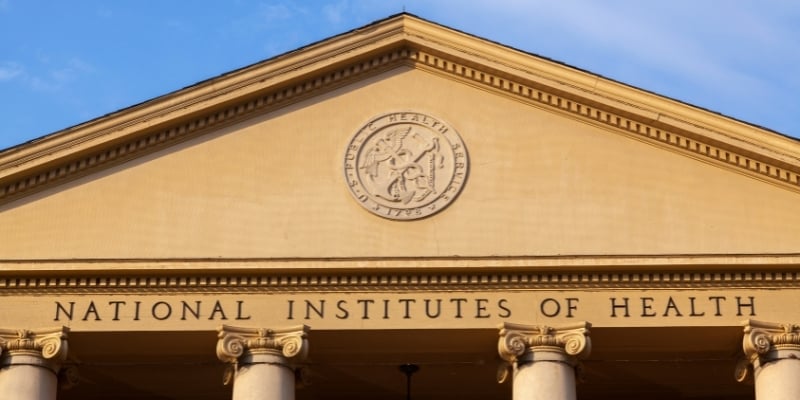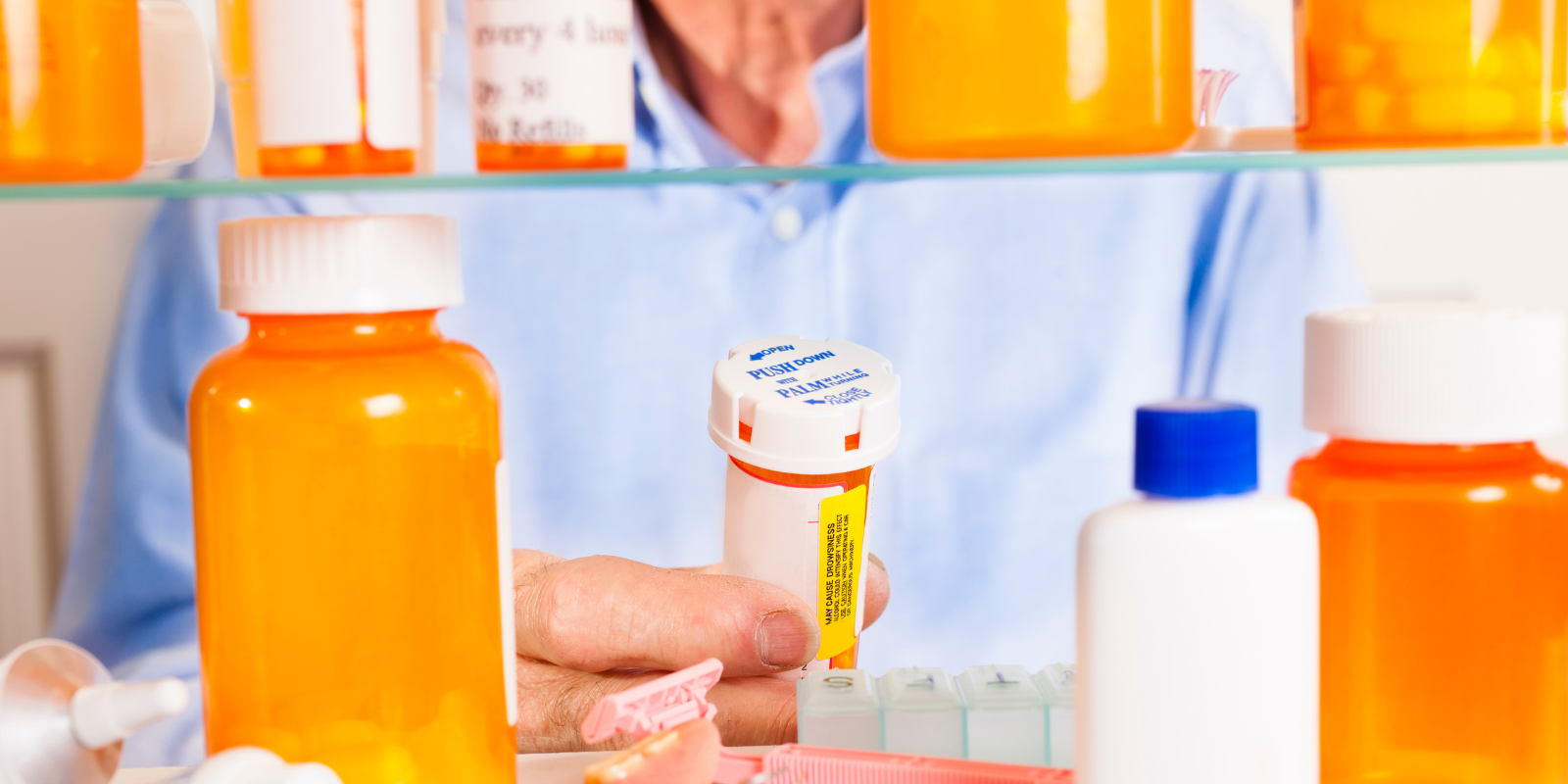The Colorado Department of Public Health and Environment (CDPHE) and the Colorado School of Public Health released an updated modeling reportthat shows infections and hospitalizations are continuing to increase across the state. The model estimates that currently one out of every 49 residents in the state is infected with SARS-CoV-2, by far the highest prevalence since the virus arrived in Colorado.
Earlier this week, many counties in Colorado moved to stricter levels on the state’s COVID-19 dial, and more are moving up over the weekend.
“Concern remains that we could exceed ICU capacity if people increase their contact with others during the next few weeks over the Thanksgiving holiday and beyond,” said Jonathan Samet, MD, MS, dean of the Colorado School of Public Health. “This is not the year to celebrate with extended family or friends—stick close to home and spend the holiday with those in your own household.”
The latest modeling provides projections based on COVID-19 hospital census data through November 16, 2020. The models are based on Colorado data and assumptions based on the current state of the science.
Key findings from the report:
- The effective reproductive number is approximately 1.4 (a drop from 1.7 last week), and transmission control has increased from 61% to 65%.
- Colorado has greatly exceeded the April hospitalization peak at 1,564 hospitalizations today for confirmed COVID-19.
- An estimated 1 out of 49 Coloradans are infectious, by far the highest prevalence to date.
- Over the next two weeks, the need for hospital beds for people with COVID-19 will likely rise well above 2,000 beds and ICU need will exceed 600 beds; both figures are still below max capacity.
- There is great uncertainty about December as nonpharmaceutical interventions (NPIs), e.g., restrictions on restaurants, continue to be implemented and the holidays unfold.
- On the current trajectory, demand for hospital beds overall and ICU beds in particular for COVID-19 patients may stay within surge capacity estimates, but contact with others will remain risky for months to come. For longer-term projections, there are uncertainties related to the various factors that drive the epidemic in Colorado, and how immunity will develop and last as the epidemic continues.
Keeping hospitals at or below demand capacity requires continued substantial and rapid action. Coloradans should only interact with members of their own household, avoid gatherings, stay home when they are sick, wash their hands, physically distance, and wear a mask.
The Colorado School of Public Health (ColoradoSPH) assembled the expert group that works with the state on modeling projections. The group includes modeling scientists at the ColoradoSPH and the University of Colorado School of Medicine at the CU Anschutz Medical Campus, as well as experts from the University of Colorado Boulder, University of Colorado Denver, and Colorado State University.
All previous modeling reports are available on the Colorado School of Public Health’s COVID-19 website.
The Colorado modeling team began using a new “transmission control” indicator in mid-October to describe the collective impact of all policies and behaviors on the spread of SARS-CoV-2. Transmission control captures ALL behavioral and policy changes in response to the SARS-CoV-2 pandemic including mask wearing, physical distancing, improved ventilation, working from home, contact tracing (including both isolation and quarantine), moving activities outside, and any seasonal impact. This approach has the advantage of requiring fewer assumptions and increasing accuracy for the Colorado model. In technical terms, the transmission control parameter describes the percent decrease in effective contacts between infected and susceptible individuals compared to pre-pandemic behavior.
The state will continue to review data and model findings as the pandemic continues to inform policy decisions.
Continue to stay up to date by visiting covid19.colorado.gov.






